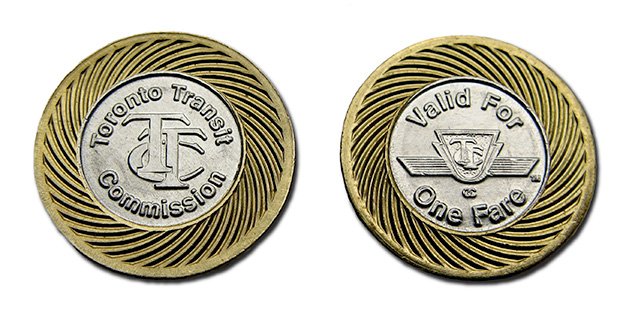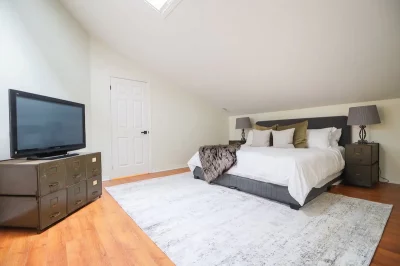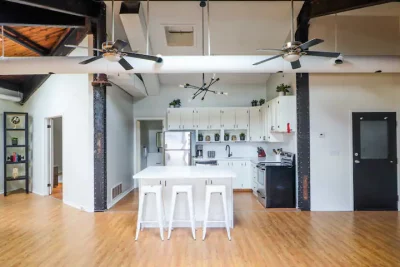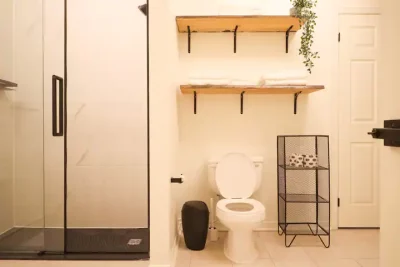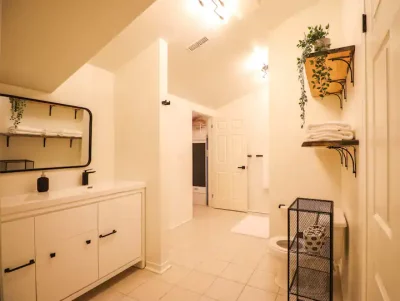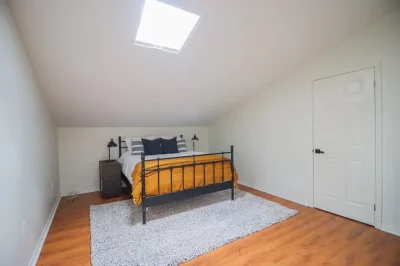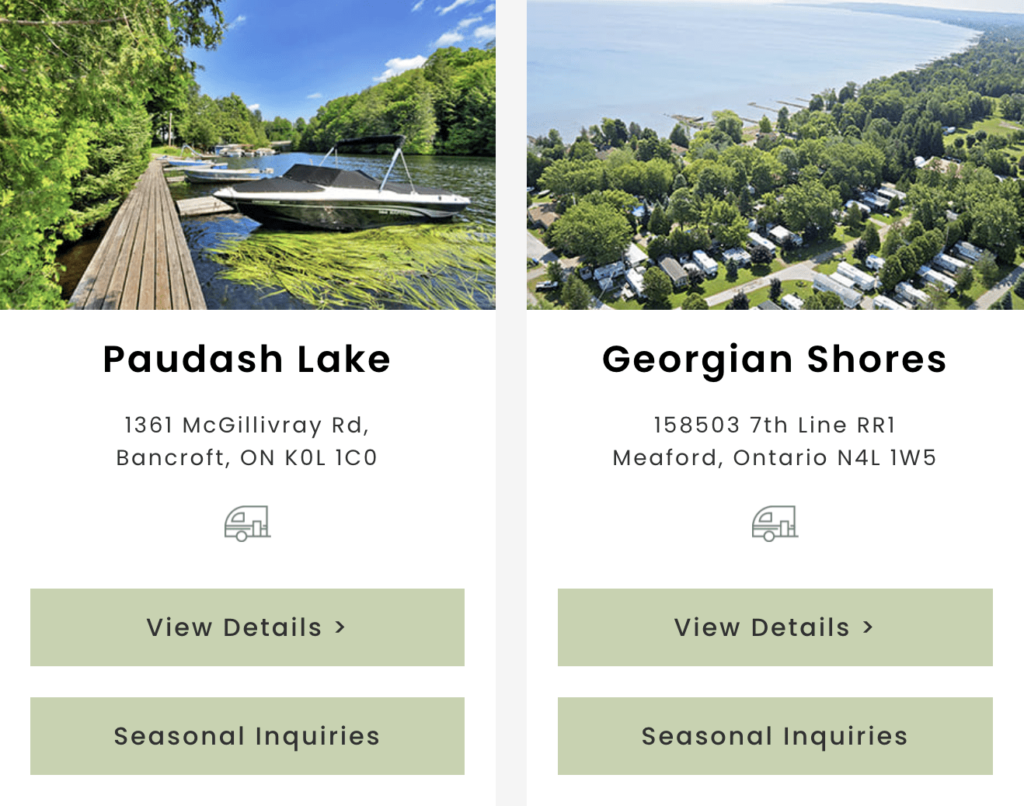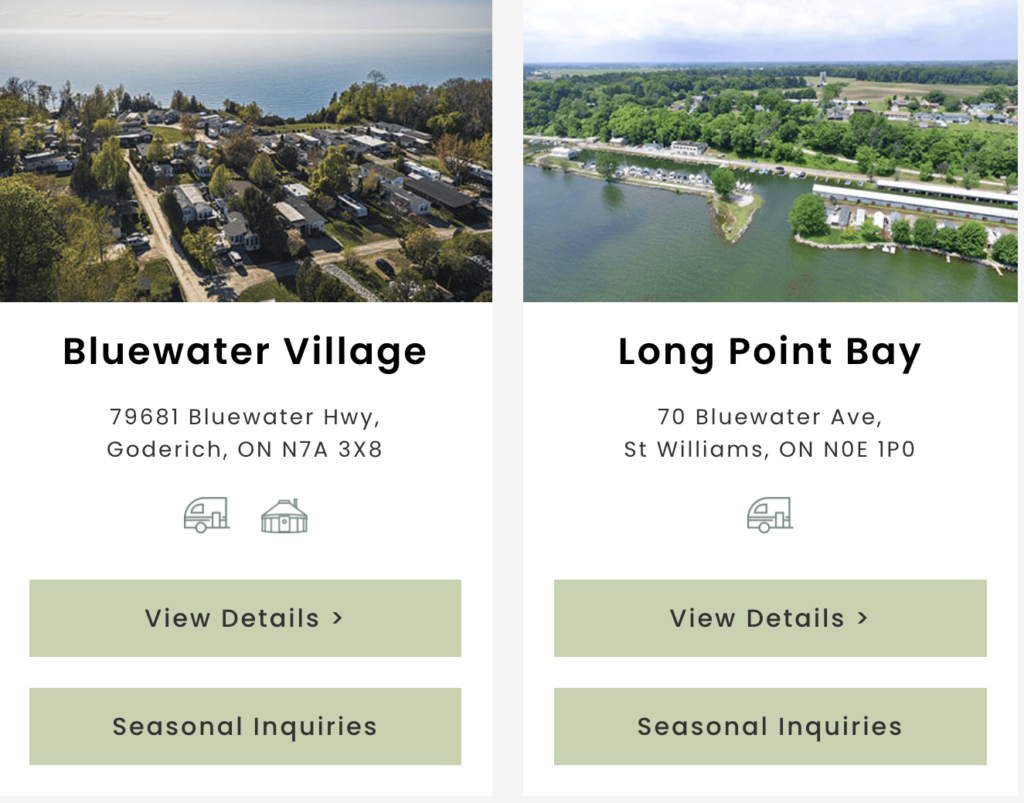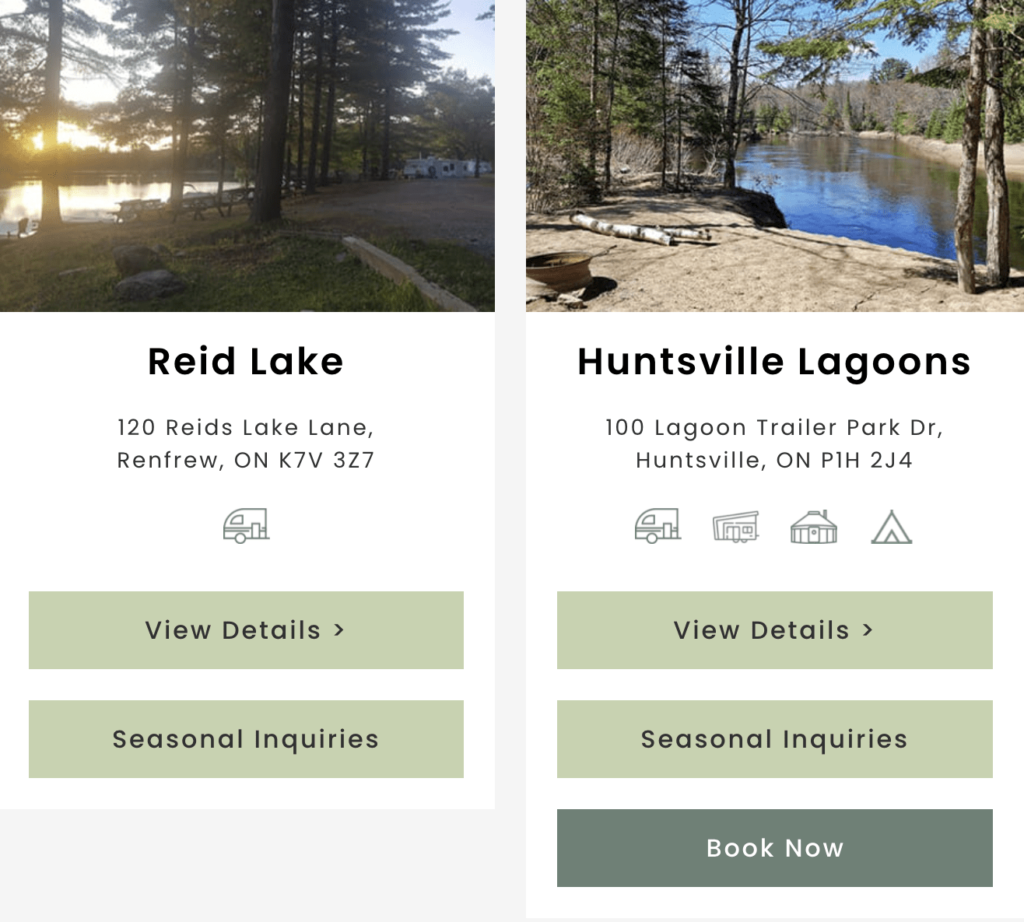How Much Money Do You Need To Retire?
Surely you have made some plans for your next vacation, listed the locations, browsed the options and estimated the costs but have you considered saving for your retirement?
Most millennials might shrug it off as a stage that will appear in a few decades but that’s why you need to ask yourself a few questions – how much do you need to retire at 50/60 or 70?
How do you know if you are financially ready for retirement and how can you invest for the future without being stingy about your present.
You are not alone, 64% of Canadians think they won’t be able to save enough for their retirement. Yes, it is shocking but there is a cure – plan ahead and start investing your savings as soon as possible!
This article will help you determine how much money you need for retirement in Canada. We will also explain the benefits of investing early. Let’s get started.
How Much Money Do I Need To Retire?
Here are some questions to help you determine the retirement income you need:
- When do I want to retire? – It’s simple math; the earlier you want to retire, the more you’ll have to save every year.However, things like life expectancy and general retirement age play a vital role in this equation. For instance, you might want to retire early at 50 but the average life expectancy is 75 years. In such a scenario, you will have to save 25 years’ worth of retirement funds.
- Where do I want to live after retirement? – Whether you dream of spending your retirement by the beach or living in the city also determines how much you need. This is because the expenses needed to maintain the property where you live change according to the location.
- What will my expenses be? – The general rule of thumb is that you will need 70-100% of your current income to maintain a similar lifestyle post-retirement. However, this can change based on the lifestyle you want to maintain in your retirement days.For example, you might want to slow down and live a simple life. In that case, you would need less than 70-100% of your current income.
- How much income will I generate? – Perhaps the most critical question to answer is how much money you’ll be able to earn after retiring. Knowing this figure will help you stay prepared and develop a plan that caters to all your desires.
50% of millennials think they need $300,000 or less to retire in comfort. In reality, that figure could be much higher or much lower. The 70 percent replacement rate is a typical rule of thumb to estimate how much money they need for retirement.
Even then, it’s essential to always have more for emergencies and personal requirements because consistent investments of savings can give you the freedom and control to live life exactly how you want.
As per the Canadian Pension Plan(CPP), one of the Canadian citizens’ main retirement income programs, the average Canadian Pension Plan retirement payout person is approximately $8,500.
If you meet the CPP criteria, the maximum monthly payout for CPP that you can expect to earn is $1,203.75, whereas on average, the payout has been $736.58 in 2021.
While the retirement income generated through CPP helps increase your retirement funds, it’s not enough. Thus, it’s essential to plan for retirement without banking on the CPP income and using it as an emergency fund in case things don’t go as you had planned.
If you want a more specific figure based on your particular requirements, you can also consider using a retirement calculator.
Why You Should Start Investing Early
While the figure might vary based on requirements and circumstances, you cannot rely entirely on your salary to save a substantial amount of money for retirement.
This is because one cannot build wealth merely by earning an income. Instead, to amass a significant amount of money, you need to make money work for you through active and passive investing.
When you start investing early, you can enjoy the following benefits:
- Compounding – With the help of compounding, you can make your money grow faster as you earn interest on your savings and the interest that you’ve earned.
- More savings – By investing early, you can develop a habit of saving more and investing your savings.The more you invest, the more returns you’re able to get in the future. Moreover, by developing the habit of saving, you can also learn how to cut down on unnecessary expenses and use those funds for investing.
- Time value of money – The time value of money increases over a period as investing early leads to compounding returns. At the time of retirement, these early investments can reap huge benefits.
- Understanding finances early – By investing early, you enter the world of finance at an early age and have more time to learn and improve your investment skills and knowledge.
- Regular investments and Diversification – You don’t need to look for shortcuts to get rich quickly since you have time on your side.You can follow tried and tested practices such as portfolio diversification and investing regularly to build your wealth over decades.
- More ability to take risks – When you start early, you don’t have much to lose. Hence, you’re able to make more risky investments, and as the old saying goes, ‘more the risk, more is the reward.’Thus, by taking more risks, you can also increase your chances of earning exponential returns.
- Supporting your retirement plans – By saving for retirement from a young age and investing early, you also increase your chances of reaching financial stability when you’re young.Early investments will boost your retirement funds, and you’ll be able to lead a happier life post-retirement.
Conclusion
While ‘how much money do I need to retire’ is a simple question, the answer is quite complicated. When it comes to determining how much money is needed for retirement, no one size fits all.
As everyone has different needs and wishes, every retirement is not the same, and hence, it’s vital to plan accordingly.
Many millennials struggle to make sound financial decisions at an early age. If you’re looking to achieve your long-term financial goals to support your financial plans, feel free to contact info@buyproperly.com.
BuyProperly enables millennial investors to build their portfolios with the best real estate investment opportunities in a hassle-free and secure manner.





/https://www.thespec.com/content/dam/thespec/business/real-estate/2022/05/01/hamilton-housing-market-prices/_28_northcote_exterior.jpg)






